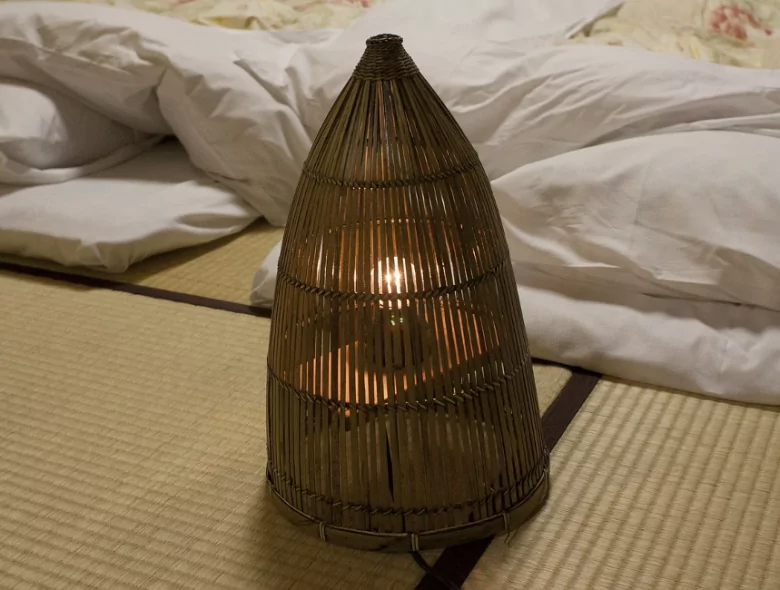Most people who live in Japan use futons to save space and have an easy access bed. Check out our article on futon tips.
Living in Japan can come with new experiences and can require some changes. You may see that you have to change the way you cook, the way you do laundry, and how you do your morning rituals. Another way that it can affect you is in how you sleep. You can try and use a western-style bed, but they may take up too much space in your room. There are some bed frames that you can purchase, but they tend to be bulky and difficult to fit into a normal-sized Japanese apartment. Some beds can fold into couches or chairs, but they can be expensive and difficult to ship and bring into your apartment. The easiest bedding that you can use is futons. Futons come in various sizes and can be easily purchased in local department stores and bedding outlets.

Futons are some of the easiest beddings to use in Japan, and it seems like the country was built with them in mind. Apartments are meant to conserve as much space as possible. They have the proper dimensions to hold the futon mattresses. The mattresses can be folded away and stored in closets easily. You can save room in your leaving room or move them around to wherever you please.
The first thing you may notice about the average futon is that it is rather thin. Unless you pay extra money for a thicker one, you may have trouble getting comfortable at night. You can try buying a second futon to put under the first one, but it may be a better idea to buy an insert instead. Inserts will cost less than a second futon, and they work well to give you extra support. They can turn an aching back into a good night’s rest in no time.

Another fact about futons that you may not know is that they need to be aired out regularly. You will need to clear some room on your patio and hang them over the railing. The 100-yen stores sell clips made to hold the futons in place while you air them out. You can buy a special mallet that is meant to beat the futons. This allows the old air and smells out of the futons while allowing new fresh air into them. It also fluffs the cotton or down feathers inside the futon to allow for a softer mattress. You can spray them with Fabreeze or other scents to give you the best rest.
Futons tend to absorb moisture and will need to be aired out regularly. The floor beneath the futon will need to be cleaned as well. If you don’t treat your futon to a scheduled airing regiment, you can end up with mold and discoloration on the mats. Futons can quickly absorb bad smells as well, so it will help prevent your mattresses from becoming sour. It is not uncommon to see your neighbors airing their futons on their patios. When you have sufficiently aired your futon out, you can bring it back in for storage or use.
Futons can be used in different positions, and they are flexible for other kinds of use. There are futon couches and chairs that allow you to use their extended space to act as bedding or a place to relax. You can set your futons into different shapes and styles so you can enjoy lounging around your apartment. This offers you some freedom when it comes to furniture arrangement.

It is also important to buy the proper sheets for your futon. Your futon can do well as a mat by itself, but if you want it to work its best year-round, you will need the right sheets. Thinner sheets allow more air to circulate and keep you cooler during the hot summer months, while heat blocking sheets trap the heat to keep you warm. The proper sheets can transform your futon into the best feeling bed that you will sleep in. You will find it hard to leave the comfort of the covers.
The best thing about futons is their long life span. If you properly take care of them, they can last for over 10 years. It takes minimal upkeep, and storing them is a breeze. They can give you some much-needed room and an affordable place to lay your head at night. Remember to do the basic things to keep them fresh and smelling good, and you won’t need another bed for a very long time.



